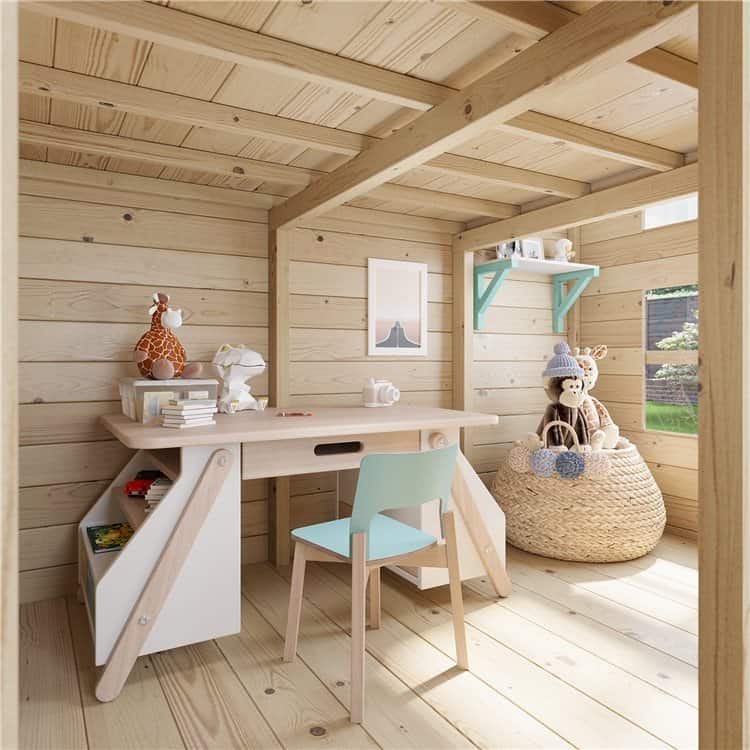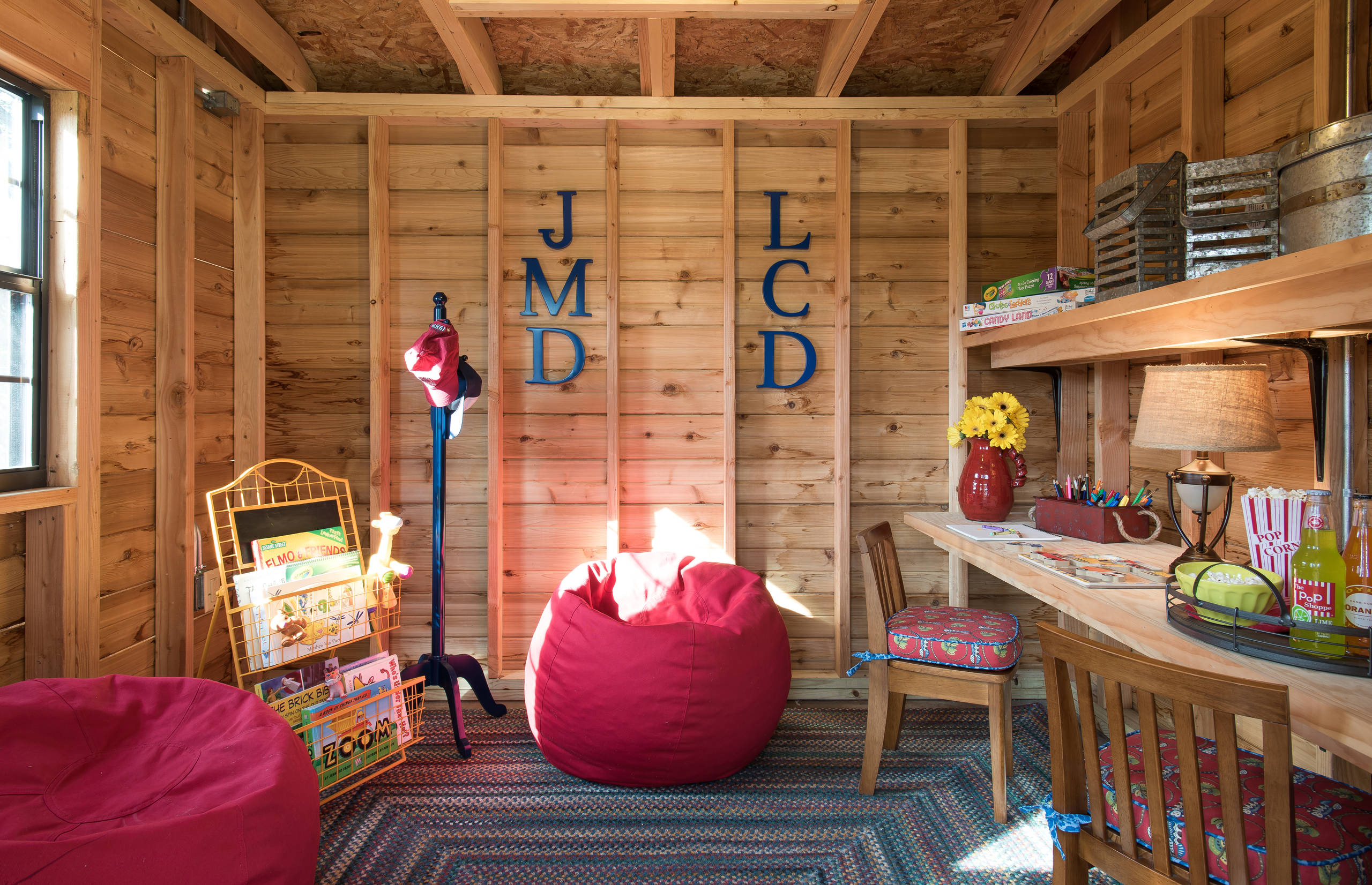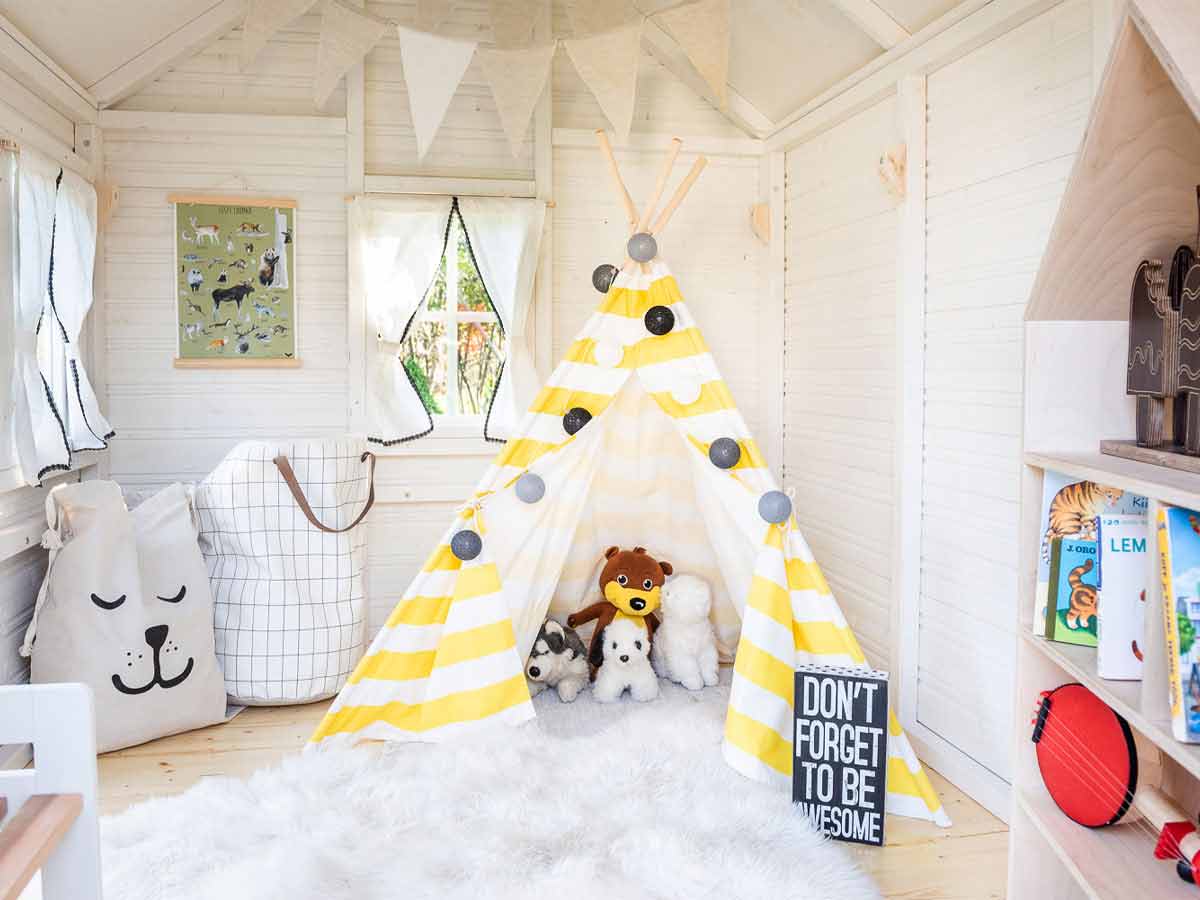Designing a playhouse is a delightful project that not only fosters creativity and imagination but also creates a special retreat for your little ones. After having designed several playhouses—I can still hear the giggles of joy echoing from the beautifully crafted interiors—I’ve compiled a comprehensive guide to help you transform any ordinary space into an extraordinary play hub. From color themes and furniture ideas to sensory play elements and storage solutions, this article is a treasure trove of inspiration.
Why Interior Design Matters in a Playhouse
A thoughtfully designed playhouse can stimulate children’s imaginations and create a safe, organized environment. Here are some key reasons interior design matters:
- Encourages Creativity: An aesthetically pleasing environment encourages creativity and imaginative play.
- Promotes Organization: Good design includes functional storage solutions that help keep toys organized.
- Enhances Learning: Incorporating educational elements can enhance learning in a playful way.
- Fosters Comfort: A cozy space invites kids to spend time playing and socializing with friends.
Choosing the Right Theme for Your Playhouse
The theme you choose can significantly influence the overall feel of the playhouse. Here are some popular themes and ideas to consider:
1. Fairy Tale Adventure
Imagine a whimsical design featuring castles, fairies, and magical creatures. Incorporate pastel colors, soft fabrics, and themed decor such as:
- Castle Turrets: Fabric or cardboard turrets around windows.
- Canopy Beds: A bed draped with soft, sheer fabric.
- Storybook Wall Art: Murals that depict fairy tale scenes.
2. Pirate Ship
Transform your playhouse into a pirate ship with a nautical theme. Key elements include:
- Wooden Plank Flooring: To mimic the ship deck.
- Porthole Windows: Round windows that resemble ship openings.
- Treasure Chests: Colorful storage for toys and costumes.
3. Nature Retreat
Embrace earthy tones and natural materials to create a serene environment. Features to consider are:
- Wooden Furniture: Tables and benches made from reclaimed wood.
- Indoor Plants: Kid-safe plants for a touch of greenery.
- Nature-Inspired Decor: Stickers or wall decals of trees and wildlife.

Essential Design Elements for a Playhouse
When it comes to the interior design of a playhouse, certain elements stand out. Below is a breakdown of essential design components:
Color Schemes
Choose colors that are vibrant yet soothing. Bright primary colors can create an energetic atmosphere, while pastels promote calmness. Here’s a quick color comparison:

| Color Scheme | Vibe | Pros | Cons |
|---|---|---|---|
| Bright Colors | Energetic | Stimulates creativity | Can be overwhelming |
| Pastels | Calm | Soothing environment | May lack energy |
| Neutral Tones | Balanced | Versatile for decoration | Can feel dull |
Furniture Choices
When selecting furniture, prioritize safety, comfort, and durability. Here are some ideal options:
- Soft Seating: Bean bags or cushioned floor pillows for comfort.
- Multifunctional Pieces: Tables that can double as play surfaces or storage.
- Kid-Sized Furniture: Ensures the space is functional for children.

Lighting
Proper lighting enhances the playhouse experience. Consider:
- Natural Light: Large windows that allow sunlight in.
- Soft Ambient Lighting: Fairy lights or lamps with soft tones.
- Fun Fixtures: Choose interesting light fixtures shaped like stars, clouds, or other playful themes.
Incorporating Play Zones
Designing specific play zones allows for organized play and creativity. Here are some areas to consider:

Art Station
This area can include:
- Art supplies like crayons, markers, and paint.
- A small table with easels and paper.
- Storage for completed artwork.
Reading Corner
Foster a love for books by creating a cozy reading nook with:
- Pillows and blankets for comfort.
- Bookshelves stocked with an engaging book selection.
- Soft lighting to create an inviting atmosphere.

Imaginative Play Area
This area can change themes frequently. Consider:
- Dress-up costumes and accessories.
- Props for pretend play (kitchen sets, toolkits, etc.).
- A small puppet theater for storytelling.
Storage Solutions to Keep it Tidy
It’s essential to have efficient storage solutions to maintain a tidy play space. Here are some effective ideas:

1. Baskets and Bins
Colorful baskets can be both decorative and functional, perfect for quick clean-ups.
2. Shelving Units
Open shelving allows kids to easily access their toys while encouraging them to put things back after play.
3. Under-Bed Storage
Maximize space by utilizing under-bed storage for larger toys and craft supplies.
Sensory Play Elements
Incorporating sensory elements can greatly enhance the playhouse experience. Here are some ideas:
Textured Surfaces
Use various materials to create textured walls or floors. Think about:
- Felt for soft wall areas.
- Wood or carpet for varying underfoot sensations.
Interactive Features
Consider adding:
- Sensory boards with different materials to touch.
- Sound features that respond to touch.
Personal Touches for Individuality
Every playhouse should reflect the personality of its user. Here are ways to add personal touches:
1. Custom Wall Art
Encourage your child to create their own artwork that can be framed and hung.
2. Family Photos
A collage of family photos can make the space feel warm and inviting.
3. Themes that Reflect Interests
Whether it’s dinosaurs, space, or unicorns, incorporating themes based on your child’s interests can enhance their connection to the space.
Maintenance Tips for the Playhouse
Keeping the playhouse in tip-top shape is essential. Here are maintenance tips:
Regular Clean-ups
Set a weekly schedule for cleaning. Involve kids by making it a fun activity!
Safe Materials
Ensure all materials used are safe and durable, minimizing wear and tear.
Seasonal Updates
Consider switching out decor or adding seasonal elements to keep the space feeling fresh.
Conclusion: Crafting the Perfect Playhouse Experience
Designing a playhouse is not just about aesthetics; it’s about creating a nurturing environment that fosters creativity and joy. By considering themes, practical elements, and personal touches, you can create a magical space where kids can play, learn, and grow. I hope this guide has inspired your design journey and helped you envision the perfect playhouse tailored specifically for your little adventurers!
FAQs about Playhouse Interior Design
What are the best materials for playhouse interiors?
Consider safe and durable materials like non-toxic paint, soft textiles, and sturdy wooden furniture. The materials should be easy to clean and withstand wear and tear.
How can I personalize my child’s playhouse?
Incorporate elements that reflect your child’s interests, such as themed decor, custom wall art, or a dedicated area for their favorite activities.
Are there any safety tips for designing a playhouse?
Ensure furniture is rounded and stable, avoid sharp edges, and keep hazardous materials out of reach. Regularly inspect the space for safety hazards.
How do I maximize small playhouse spaces?
Use multifunctional furniture, vertical storage solutions, and consider foldable items to create more space when needed.
Can I include educational elements in a playhouse?
Absolutely! Include books, educational games, art supplies, and sensory play materials that promote learning through play.